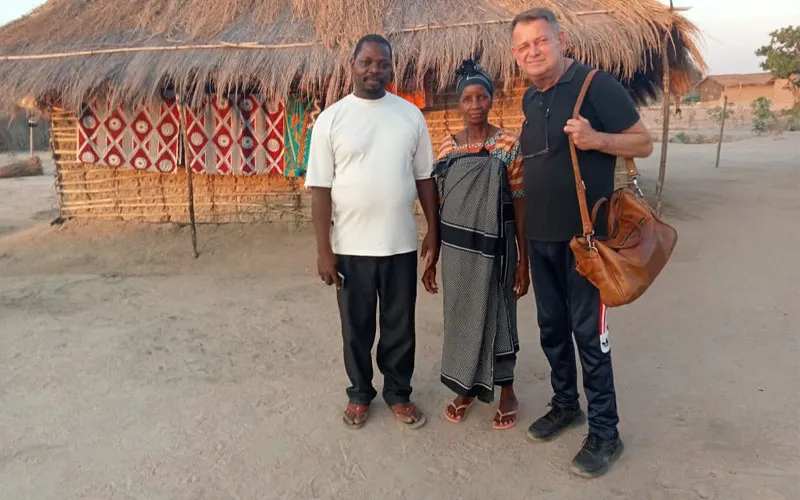Maputo, 04 December, 2022 / 9:20 pm (ACI Africa).
Organizations working with refugees are manipulating the statistics of internally displaced persons (IDPs) in Northern Mozambique, the Catholic charity foundation, Denis Hurley Peace Institute (DHPI), has said, noting that the situation is endangering the lives of those who continue to be forced out of their homes in the region’s raging violence.
Officials of DHPI spent nearly two weeks in Nampula, one of Mozambique's embattled provinces in the north, and sought to find out whether the figures given by the International Organization for Migration (IOM) indicating that only 76,568 people had been displaced in the province were true.
According to the IOM Displacement Tracking Matrix, only 2,895 IDPs had been registered in Rapale District in Nampula, and only 168 in Namiconha area. According to the organization, no IDP had been registered in the Nacala Porto region of the northern province.
On visiting the various regions in Nampula, however, DHPI found that the information provided by IOM was false.
"DHPI traveled extensively throughout Nampula province starting 15-24 November and found that the situation on the ground flatly contradicts official statistics. From the provincial boundary at the Lurio River, all the way to Namialo (a distance of more than 90 km), the entire expanse of the road is lined with newly constructed huts of IDPs on both sides of the road,” DHPI Director, Johan Viloen, said in a report he shared with ACI Africa.








